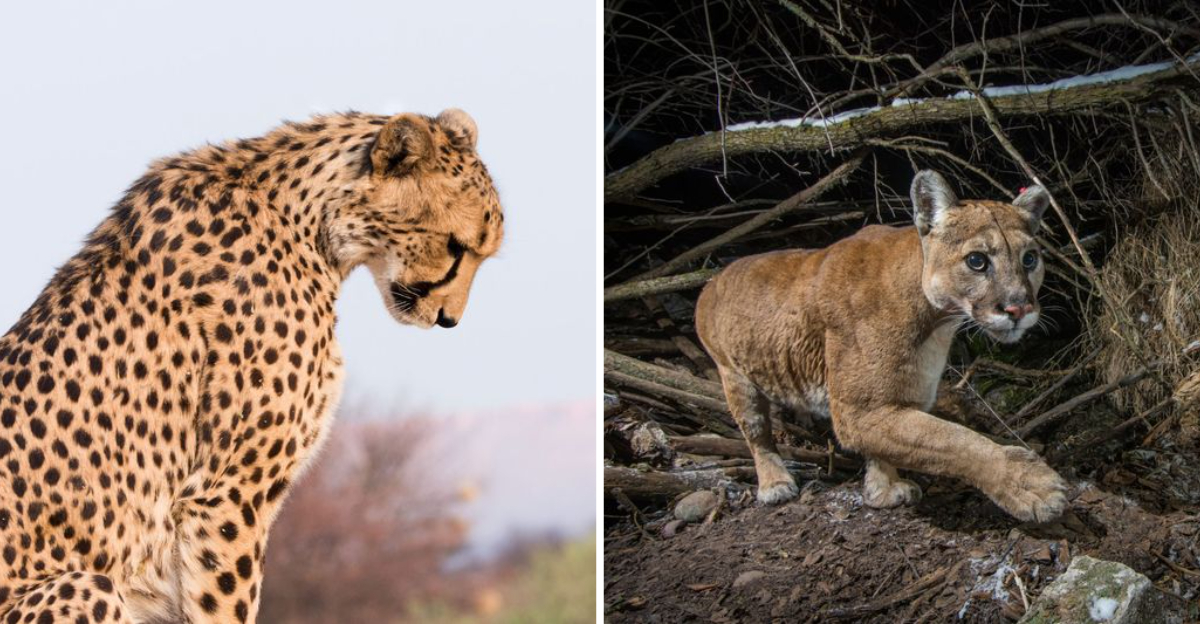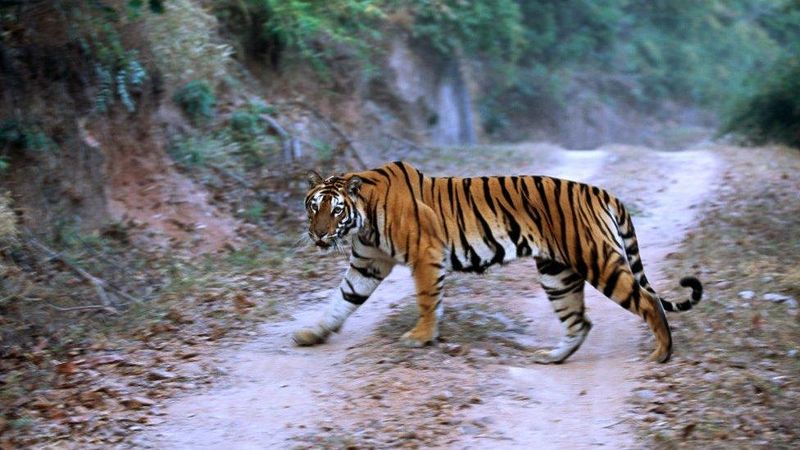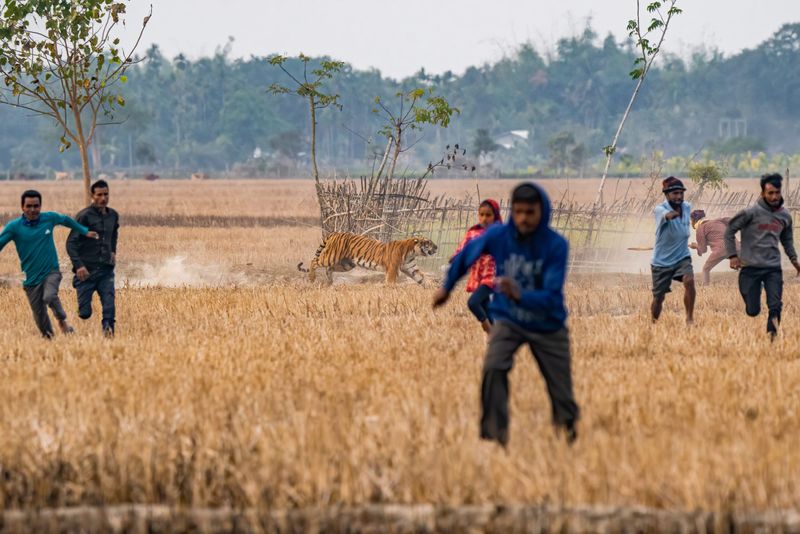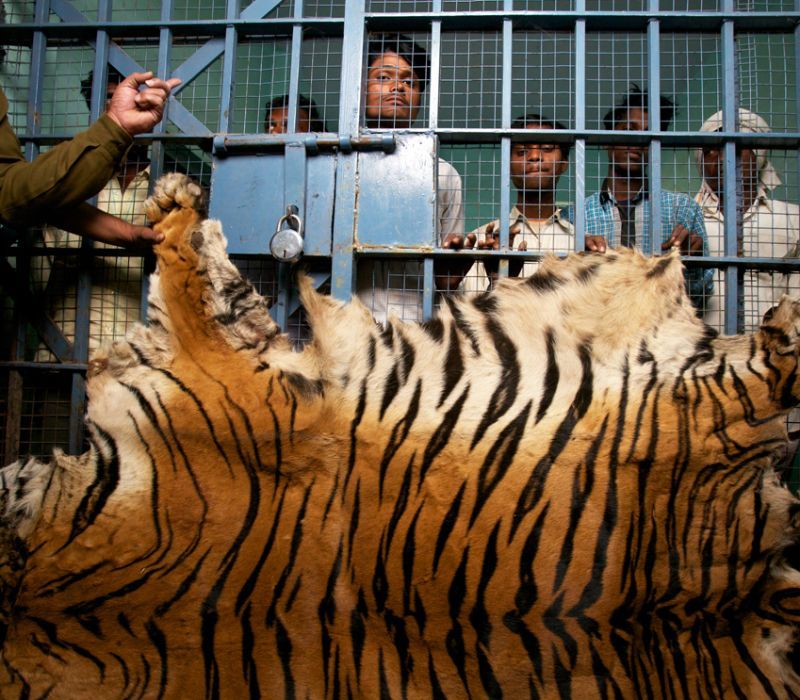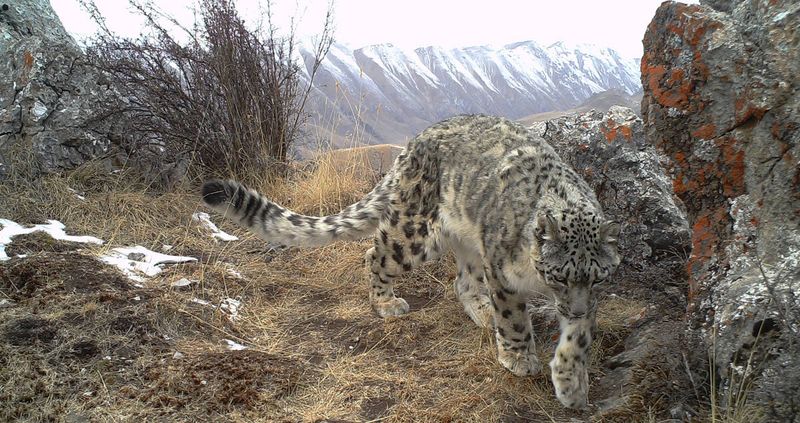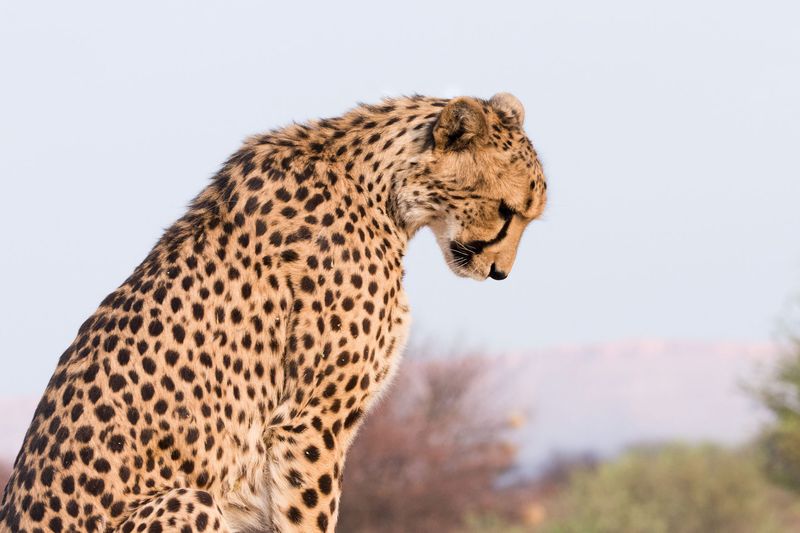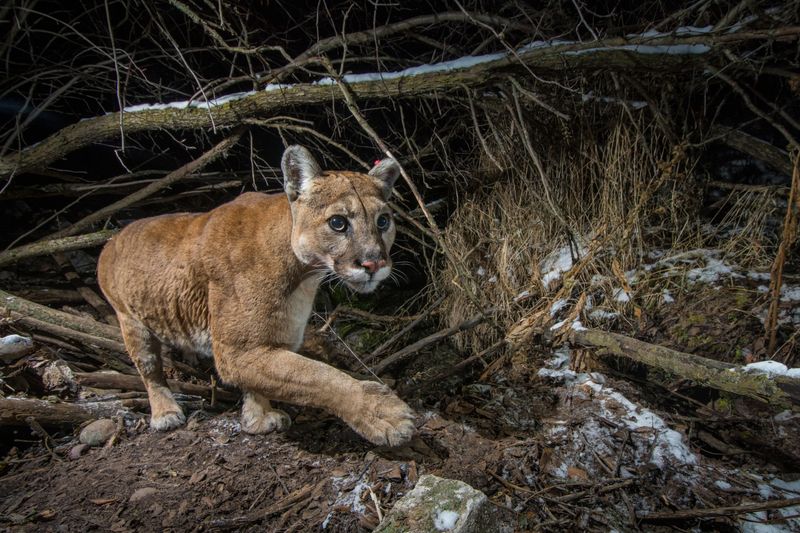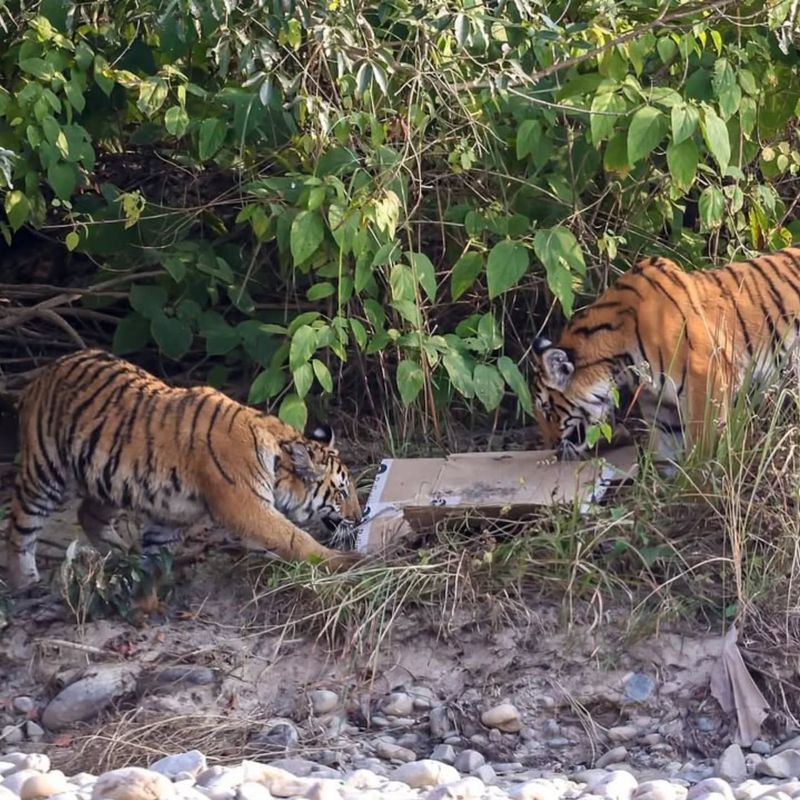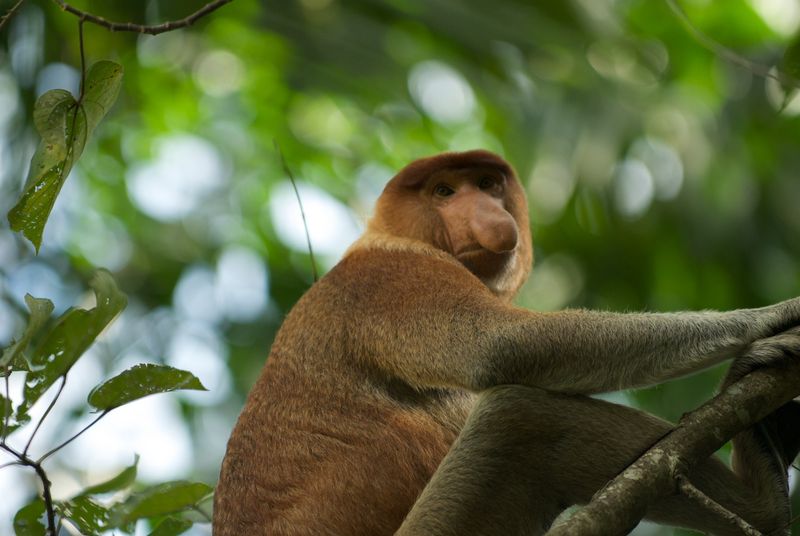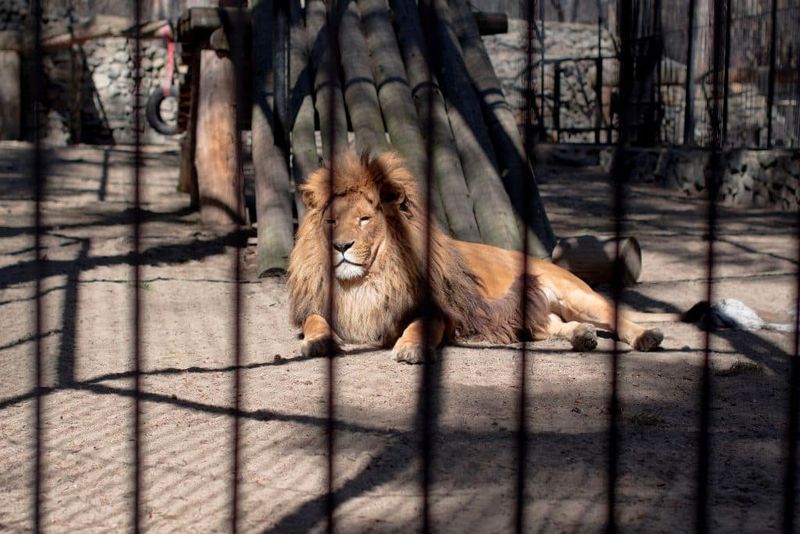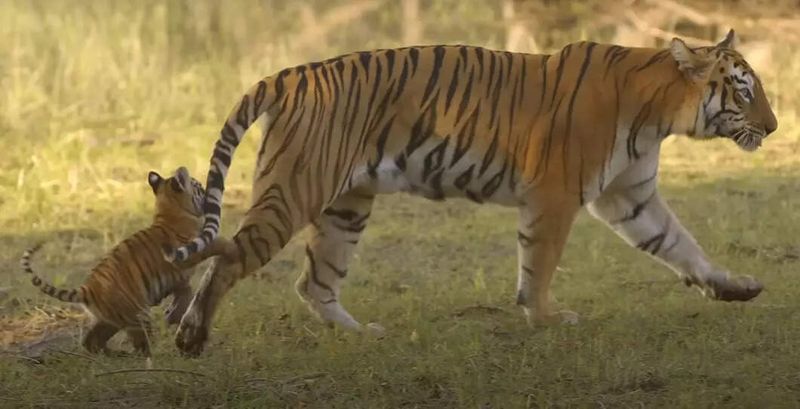📖 Table of Content:
Big cats, encompassing iconic species like lions, tigers, leopards, and jaguars, confront many environmental challenges endangering their existence globally. From habitat destruction to climate change, these majestic creatures struggle to survive in an ever-changing world. Understanding these threats is crucial to implementing effective conservation strategies.
1. Habitat Loss and Fragmentation
Picture this: a majestic jaguar, once roaming vast expanses of lush jungle, now stands on the edge of a fragmented forest. Deforestation, urban sprawl, and agricultural encroachment have devoured over 50% of their natural habitats. Tigers face an even harsher reality, having lost around 95% of their historical territories. Such fragmentation isolates these creatures, hampering their ability to find food, mates, and secure territories. Without interconnected habitats, their populations are at risk, leading to genetic bottlenecks. Efforts to preserve and restore these habitats are vital to ensuring their continued existence.
2. Human-Wildlife Conflict
In rural landscapes, the age-old drama of farmer versus predator persists. As human settlements encroach upon wild territories, encounters between big cats and humans become inevitable. Lions preying on livestock can spark retaliatory measures from locals, jeopardizing their survival. Snow leopards, cheetahs, and jaguars share similar fates, facing threats from communities defending their livelihoods. Solutions involving community engagement and education are imperative to mitigate these conflicts. Emphasizing coexistence through innovative strategies can help create harmonious environments where both humans and big cats thrive.
3. Poaching and Illegal Wildlife Trade
Deep in hidden jungles, the illegal wildlife trade thrives, posing a dire threat to big cats. Poachers, driven by lucrative markets, target them for their exquisite fur, bones, and body parts. This illicit trade fuels demand in traditional medicine and as trophies, exacerbating their decline. Each year, countless big cats fall victim to this merciless industry. Effective enforcement of anti-poaching laws and international cooperation is essential to curb this crisis. Raising awareness about the devastating impacts of wildlife trafficking is crucial for galvanizing global efforts to protect these magnificent creatures.
4. Climate Change
Imagine a snow leopard, once roaming icy peaks, now confronting the reality of melting habitats. As global temperatures rise, the sanctuaries of these elusive creatures shrink, pushing them to higher, less habitable altitudes. The ripple effects of climate change threaten not only their existence but also the delicate ecosystems they inhabit. The urgency to mitigate global warming’s impacts cannot be overstated. Innovative conservation initiatives and international cooperation are imperative to preserve the habitats essential for big cats’ survival. By addressing climate change, we can secure a future for these remarkable animals.
5. Loss of Prey
On the vast plains of the savannah, a lone cheetah searches in vain for its next meal. Overhunting and habitat destruction have led to a significant decline in prey species, leaving predators hungry and desperate. This scarcity forces big cats towards human settlements, increasing the risk of dangerous encounters. Ensuring the survival of prey species is crucial for maintaining the ecological balance. Conservation efforts must focus on restoring these populations, creating sustainable environments where predators and prey can coexist. Strengthening these ecosystems is vital for the survival of big cats.
6. Disease
In the heart of the wilderness, a lion succumbs not to hunters or hunger, but to disease. Big cats are vulnerable to ailments, sometimes transmitted from domestic animals, that threaten their numbers. Disease outbreaks can ravage populations already stressed by other environmental challenges. Livestock can be vectors, spreading infections to wildlife. Preventive measures, such as vaccination programs and health monitoring, are crucial for protecting these magnificent creatures. Addressing disease requires an integrated approach, blending veterinary science with conservation efforts, to ensure robust populations resilient to health threats.
7. Pollution
As a wary leopard approaches a river, the murky water reflects the extent of human impact on its environment. Pollution, a subtle menace, infiltrates ecosystems, contaminating food sources for big cats. From plastic ingestion to vehicle collisions, the effects are devastating. Contaminants travel through food chains, compromising the health of these apex predators. Addressing pollution requires concerted efforts, from reducing waste to promoting sustainable practices. By ensuring clean habitats, we protect not only big cats but also the intricate web of life that supports our planet’s biodiversity.
8. Invasive Species
In the heart of the jungle, silent invaders disrupt the delicate balance of nature. Invasive species outcompete native flora and fauna, decimating prey availability for big cats. This competition leads to dwindling food resources and disrupts ecosystems. An unchecked spread of these species can have catastrophic implications for biodiversity. Managing invasive species involves prevention, early detection, and control measures. Collaborative efforts are necessary to protect native habitats and ensure the survival of big cats. Restoring ecological harmony is critical to safeguarding these majestic predators for future generations.
9. Insufficient Legislation and Enforcement
In courtrooms and legislative halls, the fate of big cats often hangs in the balance. Weak laws and poor enforcement pave the way for illegal hunting and habitat destruction. Insufficient legal protection exacerbates the threats they face, leaving populations vulnerable. Strengthening environmental legislation is paramount in safeguarding these majestic creatures. Advocacy and collaboration among governments, NGOs, and communities are crucial to enforcing existing laws and implementing stricter regulations. By holding violators accountable, we can create a safer world for big cats to thrive.
10. Lack of Public Awareness
In bustling towns, the plight of big cats often goes unnoticed. Many remain unaware of the threats these creatures face or their ecological significance. This ignorance hampers conservation efforts and leads to insufficient support. Educating the public through workshops, media campaigns, and educational programs is vital. Raising awareness not only fosters appreciation but also garners support for initiatives aimed at their protection. By inspiring collective action, we can empower communities to play a pivotal role in ensuring the survival of big cats and the ecosystems they inhabit.
